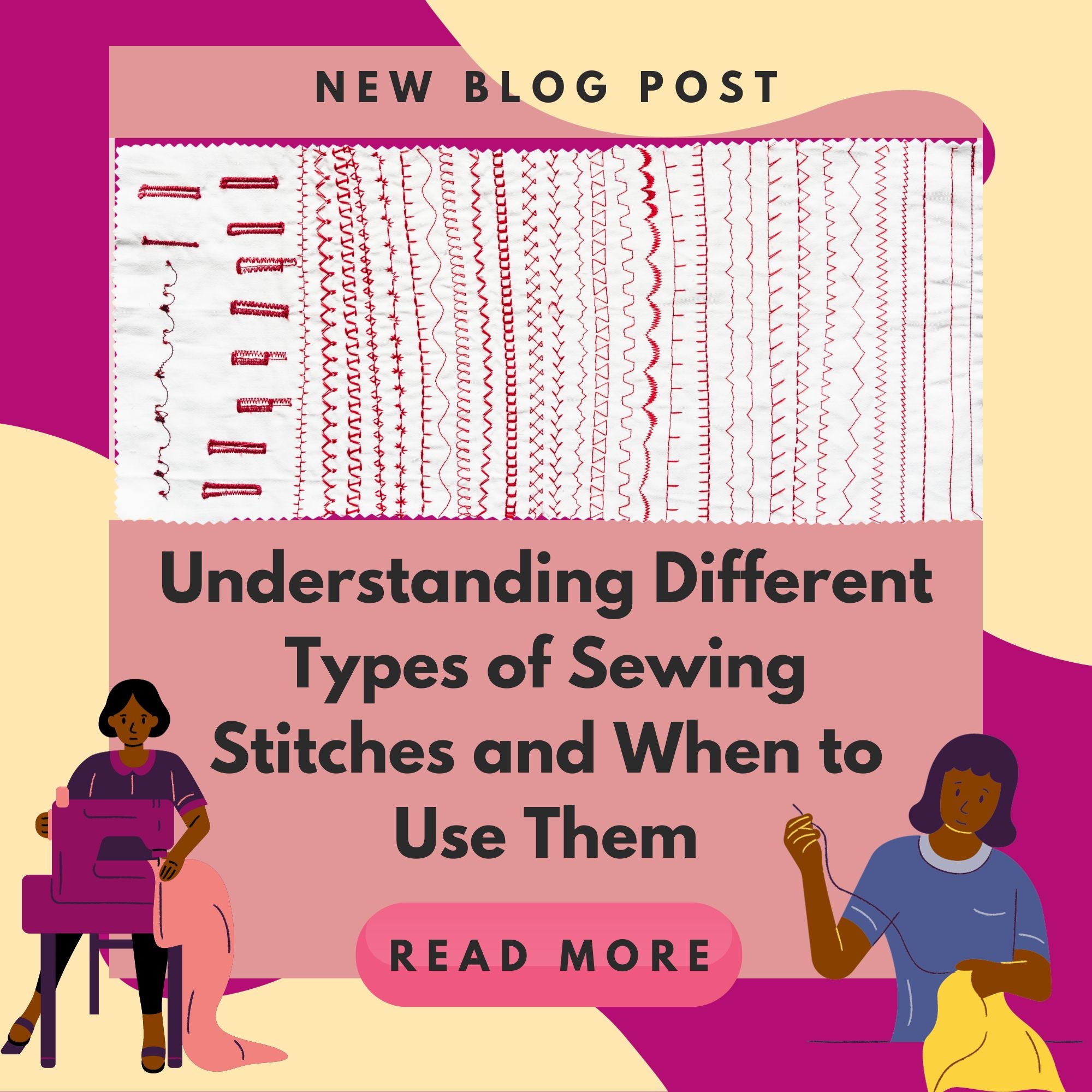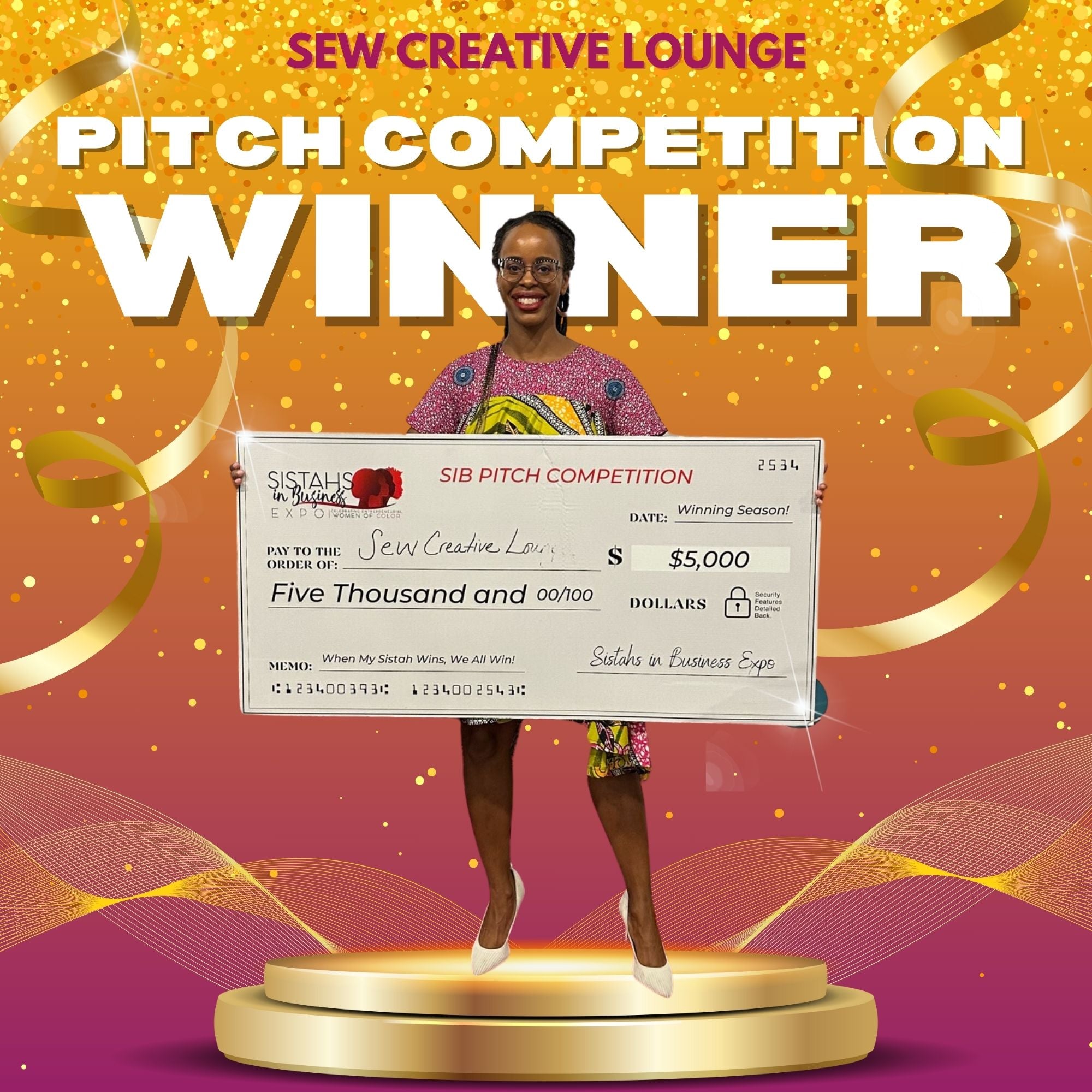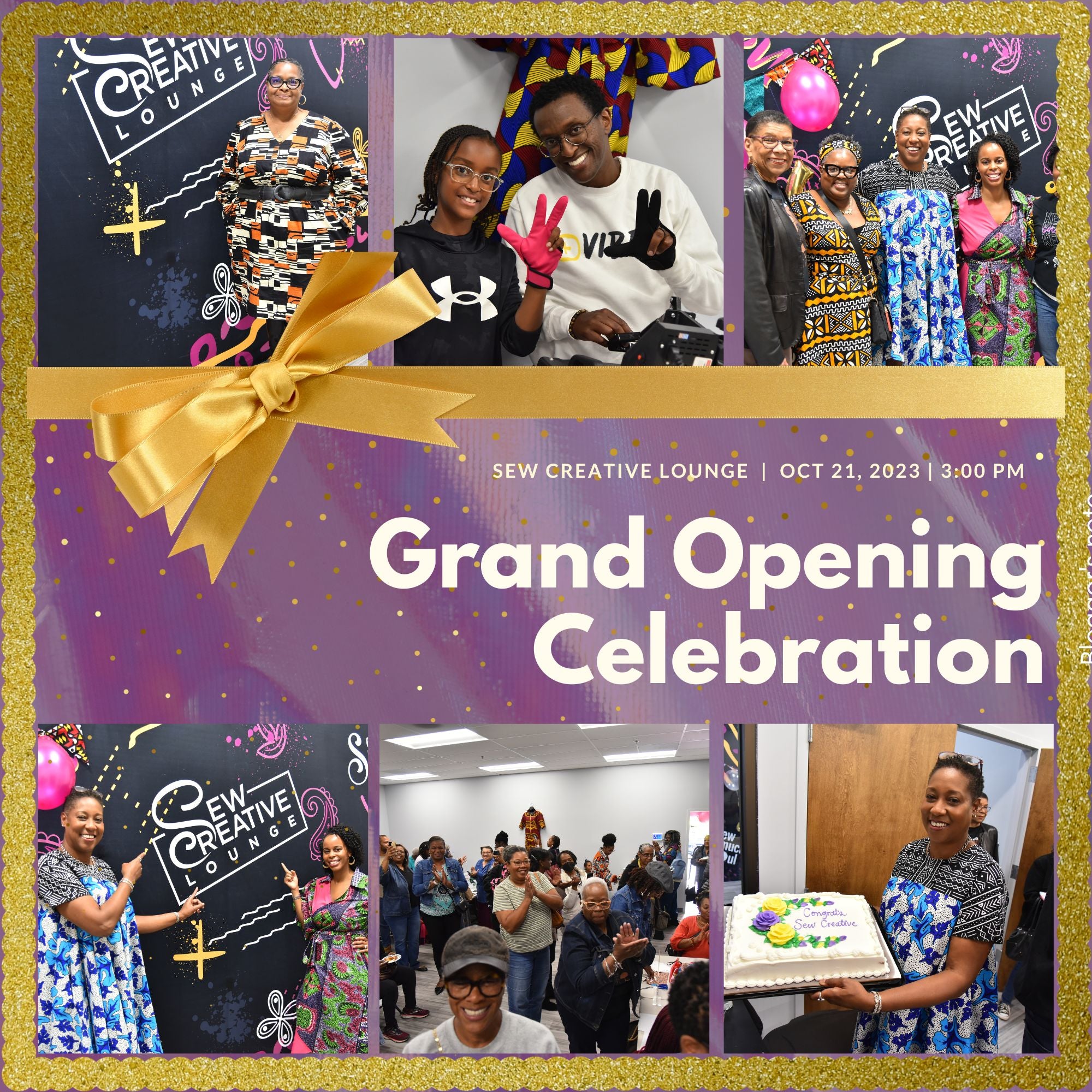
Understanding Different Types of Sewing Stitches and When to Use Them
Sewing is a versatile and creative skill that allows you to turn fabric into beautiful, functional creations. Whether you're a beginner or an experienced seamstress, understanding the various types of sewing stitches and when to use them is essential to achieving professional-looking results. In this blog post, we'll explore some of the most common sewing stitches and provide guidance on when and where to use each one.
1. Straight Stitch
The straight stitch is the fundamental sewing stitch used for joining two pieces of fabric together. It is created by sewing a single line of stitches in a straight line. You can adjust the stitch length to make it shorter for delicate fabrics or longer for heavier materials. The straight stitch is perfect for basic seams, hems, and topstitching.
When to use it:
- Seaming fabric pieces together.
- Hemming pants, skirts, or dresses.
- Creating clean and precise topstitching.
2. Zigzag Stitch
The zigzag stitch is a versatile stitch that creates a zigzag pattern when sewn. It is commonly used to finish raw edges, prevent fraying, and add stretchability to seams. Many sewing machines offer adjustable zigzag stitch width and length, allowing you to customize the stitch for different applications.
When to use it:
- Overcasting and finishing raw edges to prevent fraying.
- Sewing stretch fabrics like knits and jersey.
- Creating decorative embellishments and appliqués.
3. Backstitch
The backstitch is a strong and secure stitch used to reinforce the beginning and end of seams. It involves sewing backward and forward over the same spot to lock the stitches in place. This prevents the seam from unraveling.
When to use it:
- Securing the start and end of seams to prevent unraveling.
- Adding extra strength to areas that will be subjected to stress, like waistbands or pocket openings.
4. Basting Stitch
Basting stitches are temporary, long, and loose stitches used to hold fabric layers together temporarily. They are often used as a guide before sewing a permanent stitch or when fitting a garment. Basting stitches are easily removed once their purpose is fulfilled.
When to use it:
- Holding fabric layers together for fitting and adjustments.
- Creating temporary placement marks for zippers, darts, and pleats.
5. Blind Hem Stitch
The blind hem stitch is a specialized stitch used for creating nearly invisible hems on garments. It involves folding the fabric and stitching along the folded edge, securing only a small portion of the fabric on the outer side of the garment.
When to use it:
- Hemming formalwear, like dresses or dress pants.
- Achieving a professional finish on lightweight and delicate fabrics.
6. Overlock Stitch
The overlock stitch, also known as a serged edge, is created by a serger machine. It trims the fabric edge while simultaneously stitching it, preventing fraying and providing a neat finish. Overlock stitches are commonly seen on the inside of commercial garments.
When to use it:
- Finishing raw edges on woven and knit fabrics.
- Seam finishing for knit fabrics.
- Sewing stretchy or loosely woven fabrics.
7. Buttonhole Stitch
Buttonhole stitches are used to create openings for buttons in garments. Depending on your sewing machine, you can choose between different buttonhole styles, such as manual, automatic, or keyhole buttonholes.
When to use it:
- Adding functional buttonholes to shirts, blouses, and jackets.
- Creating buttonholes for closures on bags and accessories.
Mastering various types of sewing stitches and understanding when to use them is essential for achieving professional-quality sewing projects. Whether you're stitching seams, finishing edges, or adding decorative elements, the right stitch can make all the difference. So, take the time to familiarize yourself with these essential sewing stitches, and watch your sewing skills soar to new heights. Happy sewing!
1. Straight Stitch
The straight stitch is the fundamental sewing stitch used for joining two pieces of fabric together. It is created by sewing a single line of stitches in a straight line. You can adjust the stitch length to make it shorter for delicate fabrics or longer for heavier materials. The straight stitch is perfect for basic seams, hems, and topstitching.
When to use it:
- Seaming fabric pieces together.
- Hemming pants, skirts, or dresses.
- Creating clean and precise topstitching.
2. Zigzag Stitch
The zigzag stitch is a versatile stitch that creates a zigzag pattern when sewn. It is commonly used to finish raw edges, prevent fraying, and add stretchability to seams. Many sewing machines offer adjustable zigzag stitch width and length, allowing you to customize the stitch for different applications.
When to use it:
- Overcasting and finishing raw edges to prevent fraying.
- Sewing stretch fabrics like knits and jersey.
- Creating decorative embellishments and appliqués.
3. Backstitch
The backstitch is a strong and secure stitch used to reinforce the beginning and end of seams. It involves sewing backward and forward over the same spot to lock the stitches in place. This prevents the seam from unraveling.
When to use it:
- Securing the start and end of seams to prevent unraveling.
- Adding extra strength to areas that will be subjected to stress, like waistbands or pocket openings.
4. Basting Stitch
Basting stitches are temporary, long, and loose stitches used to hold fabric layers together temporarily. They are often used as a guide before sewing a permanent stitch or when fitting a garment. Basting stitches are easily removed once their purpose is fulfilled.
When to use it:
- Holding fabric layers together for fitting and adjustments.
- Creating temporary placement marks for zippers, darts, and pleats.
5. Blind Hem Stitch
The blind hem stitch is a specialized stitch used for creating nearly invisible hems on garments. It involves folding the fabric and stitching along the folded edge, securing only a small portion of the fabric on the outer side of the garment.
When to use it:
- Hemming formalwear, like dresses or dress pants.
- Achieving a professional finish on lightweight and delicate fabrics.
6. Overlock Stitch
The overlock stitch, also known as a serged edge, is created by a serger machine. It trims the fabric edge while simultaneously stitching it, preventing fraying and providing a neat finish. Overlock stitches are commonly seen on the inside of commercial garments.
When to use it:
- Finishing raw edges on woven and knit fabrics.
- Seam finishing for knit fabrics.
- Sewing stretchy or loosely woven fabrics.
7. Buttonhole Stitch
Buttonhole stitches are used to create openings for buttons in garments. Depending on your sewing machine, you can choose between different buttonhole styles, such as manual, automatic, or keyhole buttonholes.
When to use it:
- Adding functional buttonholes to shirts, blouses, and jackets.
- Creating buttonholes for closures on bags and accessories.
Mastering various types of sewing stitches and understanding when to use them is essential for achieving professional-quality sewing projects. Whether you're stitching seams, finishing edges, or adding decorative elements, the right stitch can make all the difference. So, take the time to familiarize yourself with these essential sewing stitches, and watch your sewing skills soar to new heights. Happy sewing!



7 comments
Bonsoir, j’apprécie beaucoup vos conseils en ligne, merci beaucoup. Je veux prendre des cours de coupe chez vous. Priére m’indiquer les conditions d’inscription au cours J’habite au Maryland. Merci d’avance
Sabine BERET
thank you so much for this bit of information . greatly appreciated no one that has helped me get started has never explained . thatnks know i just have to remember when to apply those stitches. thank you .
Kimberly grant-best
Thank you! Some stitches I have not heard of before. I appreciate the knowledge.
Mary H Alexander
Hello Sew Creators!
I hope all is well! I’m not sure if you remember me, but about two
years ago I ordered pillow kits for our Sandy Spring Slave Museum
Black History Month Celebration. I am reaching out again because the
pillow kits were a HUGE hit, and we would like to partner with Sew
Creative Lounge again for our Maryland Emancipation Day Celebration.
To honor Emancipation Day, we would like to host a quilt making
exhibit. We are interested in Sew Creative Lounge, providing quilt
kits for participants to purchase and create individual quilt squares.
Additionally, we would like to have a Sew Creative representative
leading this activity at the Museum. We have two days of celebrations,
November 4th and 5th, and would try our best to work around your
schedules. Please let me know if you are interested and available. I
can be reached via email or text/phone at 703-203-3611.
Thank you so much for considering this opportunity to celebrate
Maryland Emancipation Day!
Inger Swimpson
Sandy Spring Slave Museum
Board of Directors, Member
Inger Swimpson
I really apprieciate these imformative lessons from Alaya. Thanks sew much SCL.
Dee
Thanks for posting/sharing this information!
Samara Bradley
Thank you so much Alaya for writing this blog! I shared this with my StitchNFaith sisters at church ❤️
Dale Johnson
Leave a comment
This site is protected by hCaptcha and the hCaptcha Privacy Policy and Terms of Service apply.